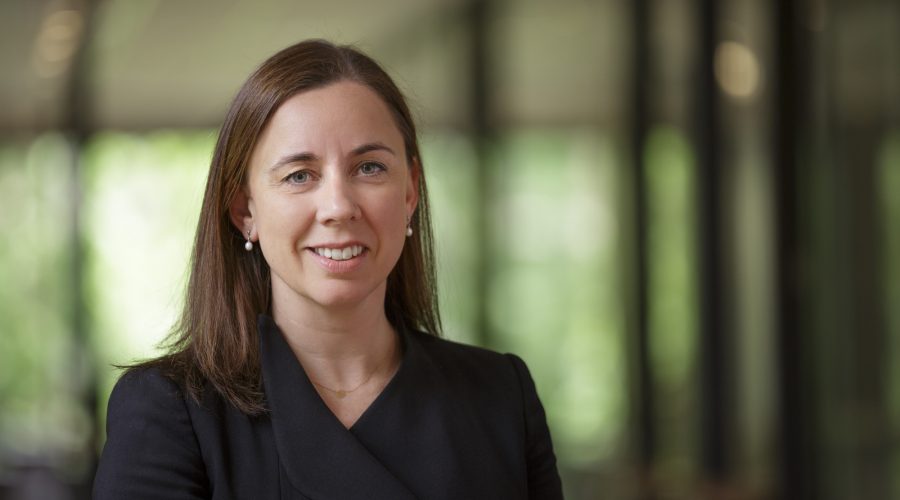It’s not every day that you hear an Australian chief executive admit to having too many women in a key leadership group at their company.
But for Michelle Dixon of Maddocks, who is one of only two women leading the country’s top 20 law firms, diversity is a serious matter.
“Our board is 50/50 women and men, but all of our non-lawyer executive team which includes our head of human resources and marketing, are women, which is not ideal. Similarly, our practice groups are all headed up by men.
“Both situations are not ideal for our business because it means you don’t have that diversity when you are discussing strategy and other business decisions.”
Diversity is important to Michelle. But it’s not all about numbers.
“You can hide behind the numbers and often make them reflect a more diverse workplace than you really have, but I don’t want that.
Michelle says the onus is on senior leaders to do more than provide lip service to middle management for cultural change and workplace flexibility.
“It is not enough to say you support it and leave it to human resources.
“Without that level of leadership and accountability, including through performance measures, it is very hard to bring about meaningful change.”
“I want diversity of thought and diversity of outcomes. I want real transparency. This requires accepting diversity in all of its forms, not just tackling gender diversity.
The quest to achieve a gender diverse workplace has been underway since she became CEO at Maddocks in early 2014.
Indeed it was in the mid 2000’s that the firm was first recognised by the Workplace Gender Equality Agency as one of its Employers of Choice for Gender Equality.
“Law is still a tough profession. You have to work hard. And we have very high performance expectations of people, including around job flexibility – it’s a two way concept.”
The firm is growing a reputation for attracting and retaining staff. It regularly receives resumes from senior women attracted by the firm’s culture.
Among the firm’s youngest half of partners, 53 per cent are women, whereas among the partnership as a whole only 32 per cent are women.
“We have still got some work to do,” she says.
What’s interesting about the legal profession in Australia is that for the past 30 years, over 50 per cent of graduates have been women.
Yet somewhere along the line, this changes and we have seen a plateau in the careers of many women, often at the time that they are starting a family.
“Historically there was a perception that being in the legal profession and working flexibly was damaging for your career, that it meant you were not serious or committed. But I believe that is breaking down.
Until recently Maddocks boasted a 100 per cent return rate after staff left to take parental leave. But now that’s down to 98 per cent with a recent team member leaving the firm to become an academic.
“There is no doubt that you do have to work hard in law. But you can also have a career and also have other things in your life.”
But as far as work-life-balance goes, Michelle doesn’t like the phrase.
“It implies that there is a tension between work and home: that one is good, and one bad. To me, it is all about leading a full and happy life, one that includes family, friends, work, sport, hobbies, and very occasionally, some sleep”.













